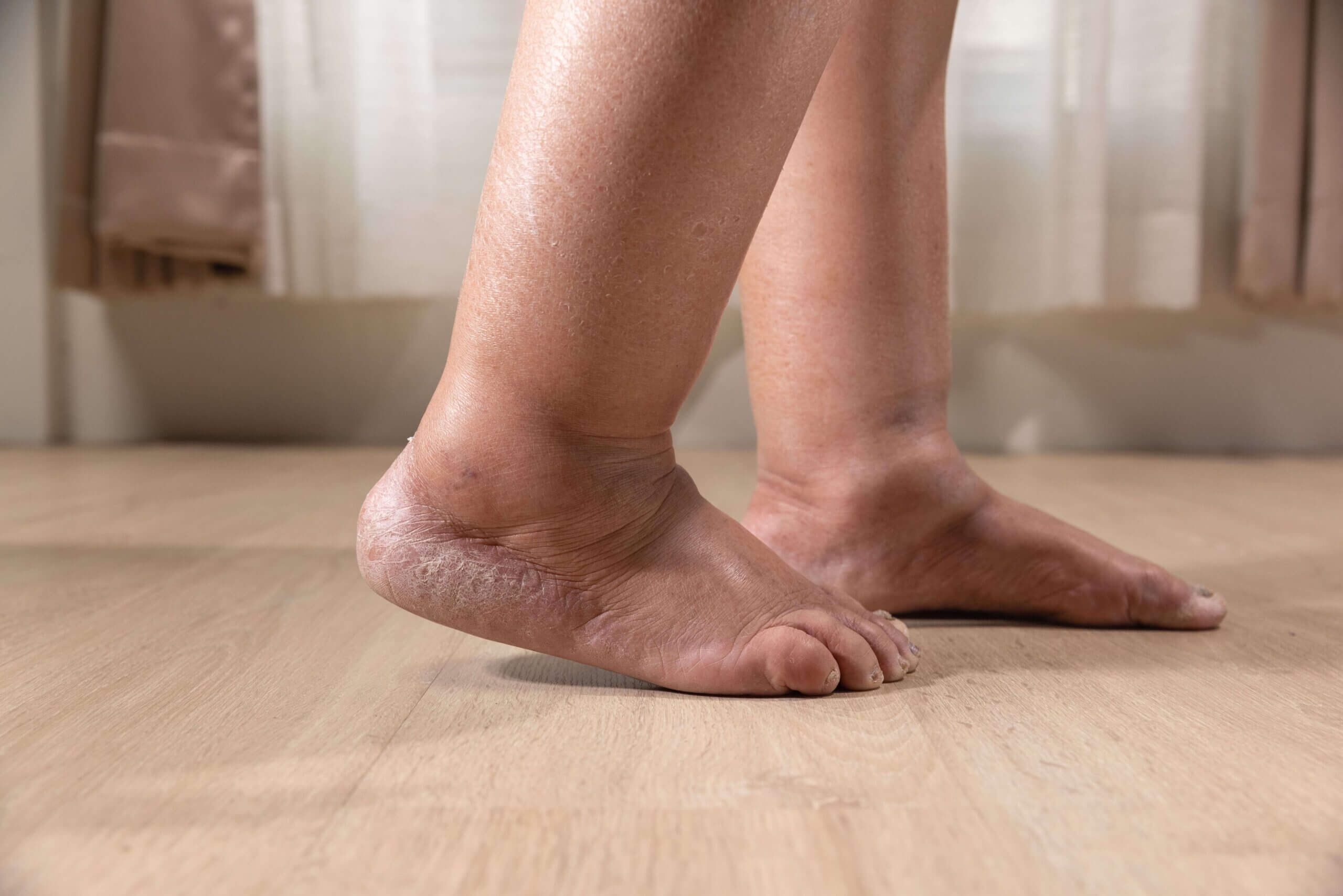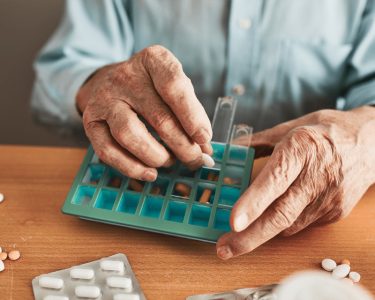Leg swelling, also known as edema, is a common issue among older adults. It can range from mild puffiness after standing for a long time to more noticeable swelling that affects daily comfort and mobility. While leg swelling is often harmless and temporary, it can also signal an underlying health concern that needs attention.
Understanding the causes, symptoms, and care strategies can help seniors maintain better leg health and overall well-being.
What Is Leg Swelling (Edema)?
Leg swelling occurs when excess fluid accumulates in the tissues of the lower limbs — typically in the ankles, feet, or calves. This happens when the body’s natural balance of fluid circulation is disrupted, often due to aging, lifestyle factors, or medical conditions.
Mild swelling may appear after sitting or standing for long periods, especially during hot weather. However, chronic or painful swelling should not be ignored, as it can indicate issues with circulation, heart, kidney, or lymphatic function.
Common Causes of Leg Swelling in Older Adults
Several factors contribute to leg swelling in seniors, ranging from lifestyle habits to medical conditions. Below are some of the most common causes:
Prolonged Sitting or Standing: Many older adults experience swelling after sitting for long stretches, such as during car rides, flights, or TV time. Staying in one position limits blood flow and can cause fluid to pool in the legs.
Venous Insufficiency: As people age, the veins in the legs may weaken, making it harder for blood to return to the heart. This condition, called chronic venous insufficiency, leads to fluid buildup and swelling, often accompanied by heaviness or aching.
Heart or Kidney Function: When the heart or kidneys don’t work efficiently, the body may retain more fluid. Heart failure, kidney disease, or liver problems can cause swelling in the legs and ankles. These conditions require professional evaluation and management.
Medications: Certain medications can cause water retention as a side effect. Common culprits include blood pressure medicines (like calcium channel blockers), steroids, and some diabetes drugs.
Injury or Infection: A sprained ankle, skin infection, or insect bite can cause localized swelling in one leg. This type of swelling is usually accompanied by redness, warmth, or tenderness.
Lymphedema: This occurs when the lymphatic system — responsible for draining excess fluid — becomes blocked or damaged. Lymphedema can cause persistent swelling, especially after surgery or radiation treatment.
Nutritional or Hormonal Factors: Low protein intake or imbalances in hormones can affect how fluids move through the body, sometimes leading to mild swelling.
When to See a Healthcare Provider
Occasional swelling after activity or heat exposure is generally harmless. However, older adults should seek medical advice if they experience:
- Swelling that persists or worsens over several days
- Pain, redness, or warmth in one leg
- Shortness of breath or chest discomfort
- Rapid weight gain or swelling in multiple areas (hands, abdomen, or face)
These may indicate conditions like deep vein thrombosis (DVT) or heart and kidney issues, which require prompt attention.
Home Care and Lifestyle Tips for Managing Leg Swelling
The good news is that many mild cases of leg swelling can be managed through simple daily habits and preventive care. Here are some proven wellness strategies for seniors:
Keep Moving: Light activity helps blood circulate and prevents fluid from pooling. Seniors can try:
- Short walks throughout the day
- Gentle leg stretches
- Ankle rotations while sitting
Avoid sitting or standing in one position for too long. Even a few minutes of movement every hour can make a big difference.
Elevate the Legs: Raising the legs above heart level for 15–30 minutes a few times a day encourages fluid drainage. A reclining chair or a few pillows under the legs can help.
Wear Comfortable Footwear: Tight shoes or socks can restrict circulation. Supportive shoes and compression socks (if recommended by a doctor) may help reduce swelling and fatigue.
Maintain a Balanced Diet: Eating less salt can reduce water retention. Include foods rich in potassium — like bananas, oranges, and spinach — to help the body balance fluid levels naturally. Staying hydrated also prevents the body from holding onto excess water.
Monitor Weight and Activity: Gradual weight gain can increase pressure on the legs and veins. Regular activity, such as walking or swimming, supports healthy circulation and joint flexibility.
Use Gentle Massage: Lightly massaging the legs from the ankles upward can help stimulate fluid movement. However, avoid massage if the area is painful, warm, or red.
Check Medications: If swelling begins after starting a new medication, discuss it with a healthcare provider. Adjusting the dose or switching medications may help.
Simple Exercises to Support Leg Health
Seniors can incorporate these low-impact movements into their daily routine to promote circulation and reduce swelling:
- Ankle Pumps: Point your toes up and down 10–15 times while sitting.
- Heel Raises: Stand and slowly lift your heels, then lower them back down.
- Leg Lifts: While seated, lift one leg at a time and hold for a few seconds.
- Walking: A 20–30 minute walk each day supports muscle tone and heart health.
Consistency matters — even a few minutes of daily movement helps reduce fluid buildup over time.
Preventive Habits for Long-Term Comfort
To reduce the risk of recurring swelling, older adults can:
- Avoid sitting with legs crossed for long periods
- Take breaks during travel to stretch or walk
- Maintain a healthy weight and stay active
- Schedule regular check-ups to monitor heart, kidney, and vein health
These small but steady lifestyle choices add up to significant improvements in leg comfort and circulation.
Final Thoughts
Leg swelling in older adults is often a natural part of aging, but it shouldn’t be ignored. While mild cases are usually manageable with movement, hydration, and leg elevation, persistent or painful swelling could indicate an underlying health issue. Paying attention to early signs and maintaining good circulation habits can prevent complications and improve quality of life.
If swelling continues or worsens, seniors should consult a healthcare professional for personalized advice. By staying proactive, older adults can keep their legs strong, comfortable, and ready to support an active, independent lifestyle.






